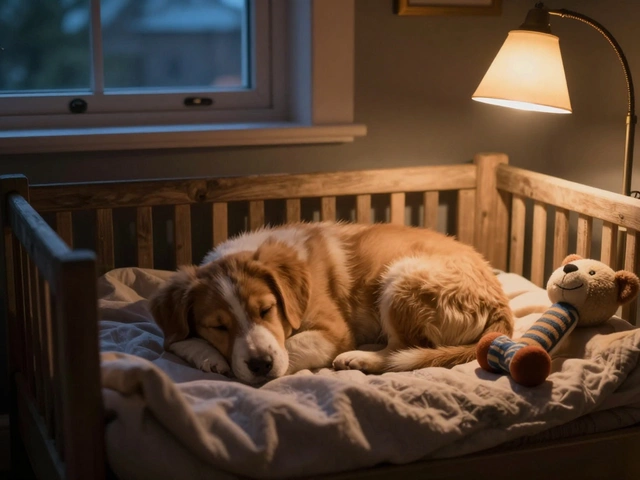Separation Awareness: Understanding Your Dog’s Anxiety
Ever notice your pup whining, pacing, or having an accident right after you leave the house? That’s a clear sign of separation anxiety. It’s more than just a case of the “puppy blues” – it can affect a dog’s health, your peace of mind, and even your home’s cleanliness. Knowing the signs early makes it easier to help your dog feel safe when you’re not around.
Spotting the Signs Quickly
First‑time dog owners often miss the subtle clues. Look for excessive barking, howling, or constant pacing as soon as the front door closes. Some dogs will chew furniture or dig at the door, while others might have sudden accidents even if they’re house‑trained. If your dog seems unusually clingy before you leave, that’s another red flag. The behavior usually starts within minutes of your departure and can last for hours.
Keep a short diary for a week: note the time you leave, the duration, and what your dog does. This pattern helps you and a vet or trainer pinpoint the problem and track progress when you try new solutions.
Practical Ways to Reduce Stress
Start with a calm exit routine. Avoid long goodbyes and excitement; a quick “see you later” helps keep the emotional spike low. Provide a safe space, like a comfy crate or a designated room with their favorite blanket and toys.
Interactive toys are a game‑changer. Puzzle feeders, treat‑dispensing balls, or a stuffed Kong keep the mind busy and distract from the absence. Short practice sessions work best – leave for five minutes, then gradually increase the time.
Background noise can soothe a nervous pup. A low‑volume TV show, radio station, or specially made dog‑calming music mimics the sound of company and reduces the feeling of silence.
Exercise before you leave creates a tired, relaxed dog. A brisk walk or a quick play session burns excess energy, making it easier for them to settle down.
If anxiety is severe, talk to your vet about possible supplements or short‑term medication. Many owners find natural options like calming chews with L‑theanine helpful, but always get professional guidance first.
Training your dog to stay alone can be done with “stay” and “go to your spot” commands. Practice while you’re still home – ask them to go to their mat, then step out for a few seconds. Reward calm behavior, and slowly extend the time away.
Don’t forget to celebrate small wins. A few minutes of calm is progress. Keep rewarding and the improvement will build over weeks.
Finally, use resources you already have. Our tag page gathers articles on related topics like leaving the TV on for dogs, using calming music, and safe crate training. Jump to those posts for deeper tips and real‑life stories from other pet parents.
Separation anxiety doesn’t have to ruin your life or your dog’s happiness. By spotting signs early, creating a calming environment, and using simple training tricks, you can turn a stressful goodbye into a smooth handoff. Your dog will learn that being alone isn’t scary, and you’ll enjoy more peace of mind every time you step out the door.

Does My Dog Know I'm Leaving?
Exploring whether dogs can sense when their owners are about to leave, this article delves into the emotions and behaviors of our canine companions. It provides insights into how dogs might pick up on pre-trip cues and what this means for your travel plans. It also offers tips on ensuring your dog is comfortable while you're away, highlighting methods to ease their stress. For pet owners planning holidays, understanding these dynamics can make all the difference.
read more



